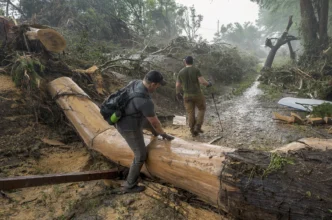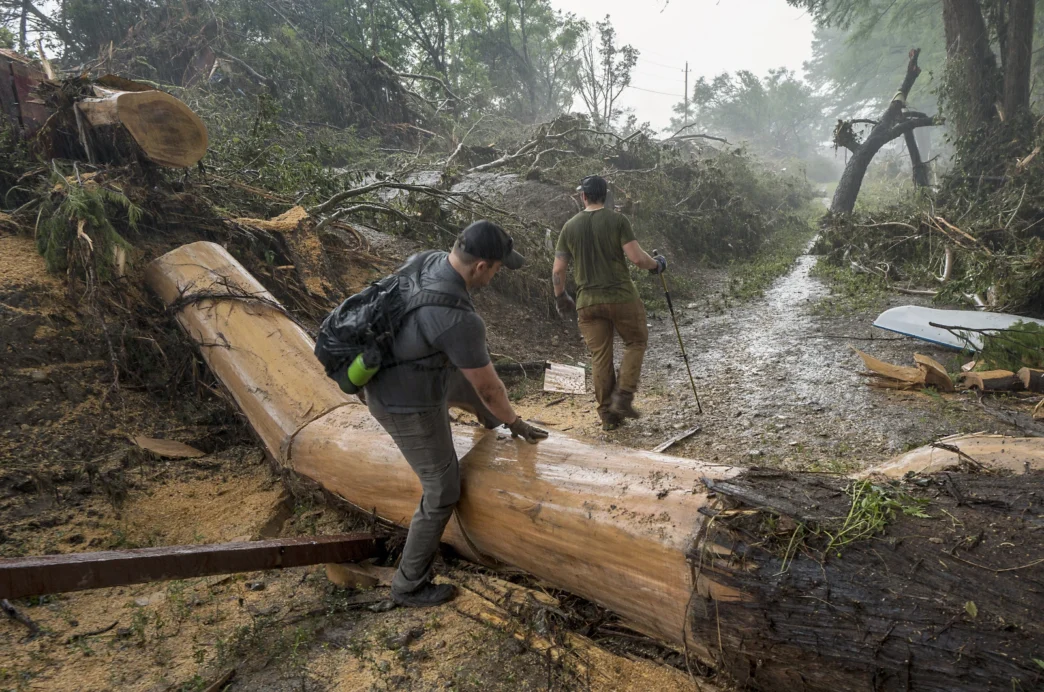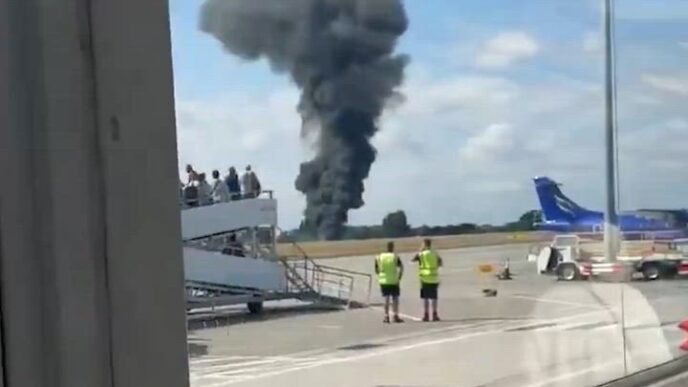The death toll from catastrophic flash floods in central Texas has surged past 100, with 11 people still missing, including ten young girls and a counselor from Camp Mystic.
The tragedy began in the early hours of July 4, when torrential downpours caused the Guadalupe River to burst its banks, hitting Kerr County hardest.
In Kerr County alone, 84 bodies, 56 adults and 28 children, have been recovered, according to local officials.
Across adjacent counties, another dozen lives were lost amidst the chaos.
Search and rescue teams continue their efforts amid mud-lined banks and heavy debris, though hopes for survivors are fading as thunderstorms loom.
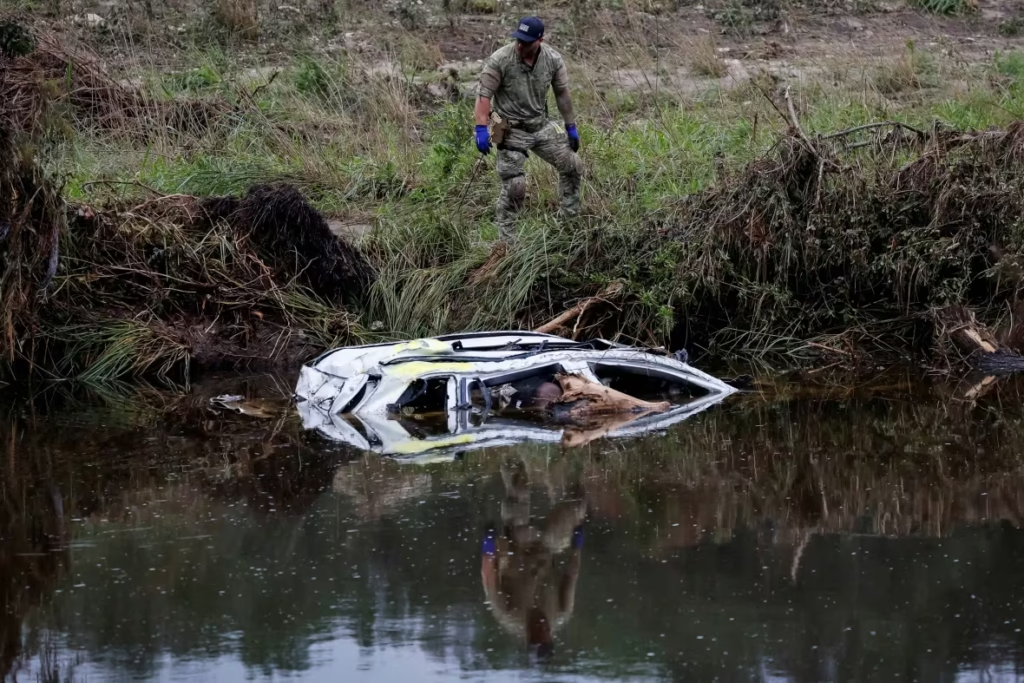
Camp Mystic, a Christian girls’ summer camp, bore the brunt of the destruction with 27 campers and staff confirmed dead, andten girls plus a counselor still missing.
“Our hearts are broken alongside our families that are enduring this unimaginable tragedy,” the camp said in a solemn statement.
Among the fallen is Dick Eastland, co-owner and director, who died heroically while helping children escape.
“The whole community will miss him. He died a hero,” local pastor Del Way told the BBC.
The National Weather Service (NWS) confirmed alerts were issued prior to the flash floods, delivering timely briefings and flood watches to local officials.
White House press secretary Karoline Leavitt dismissed claims of inadequate warnings, saying:
“That was an act of God… there were early and consistent warnings and… the National Weather Service did its job.”
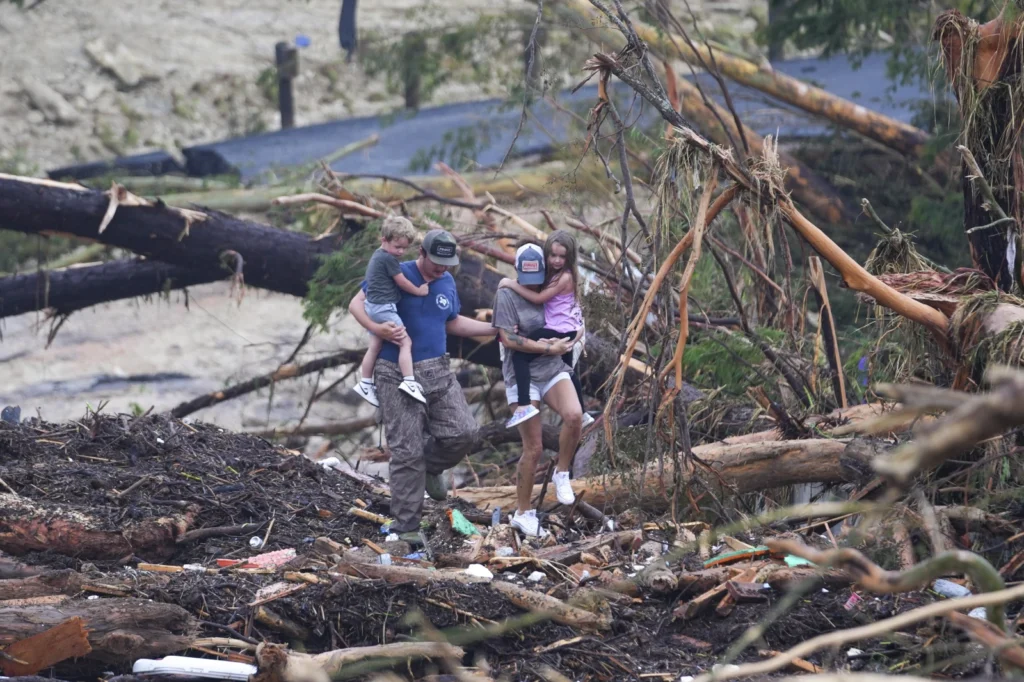
Still, critics have linked the catastrophe to staffing cuts at the NWS, which they say contributed to limited forecasting and preparedness.
Moreover, Lieutenant Governor Dan Patrick has praised Kerr County for stepping up to fund early warning sirens, promising them by next summer if federal help falls short.
Meanwhile, with more rain forecast, the danger of additional flash flooding remains serious.
This situation has intensified calls for improved flood alarms, evacuation plans, and climate resilience measures, especially in Texas’s “flash flood alley.”
